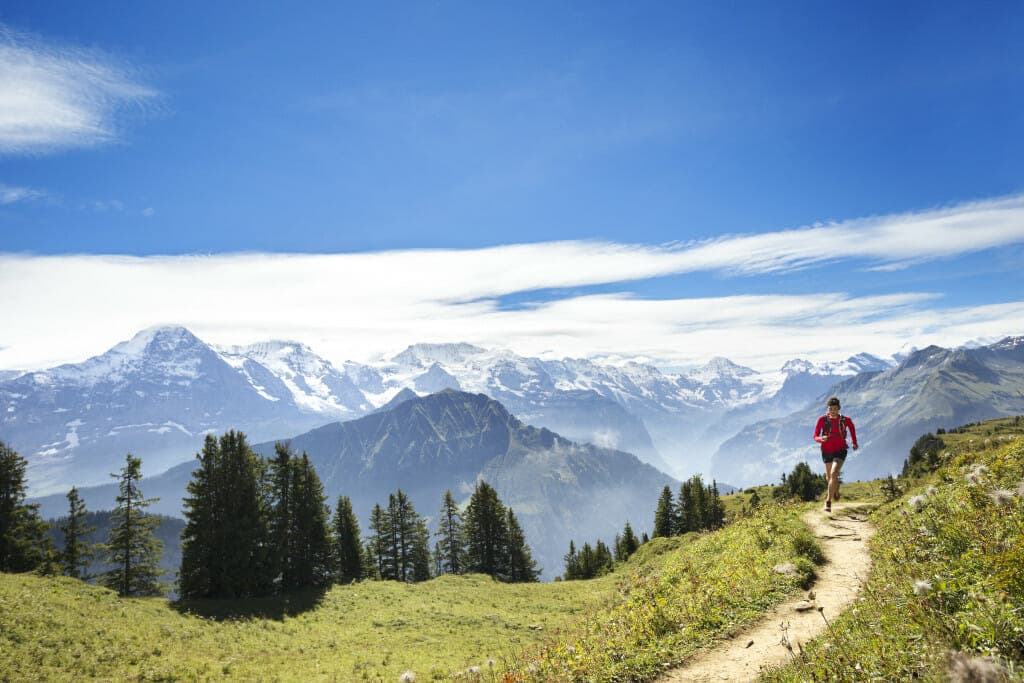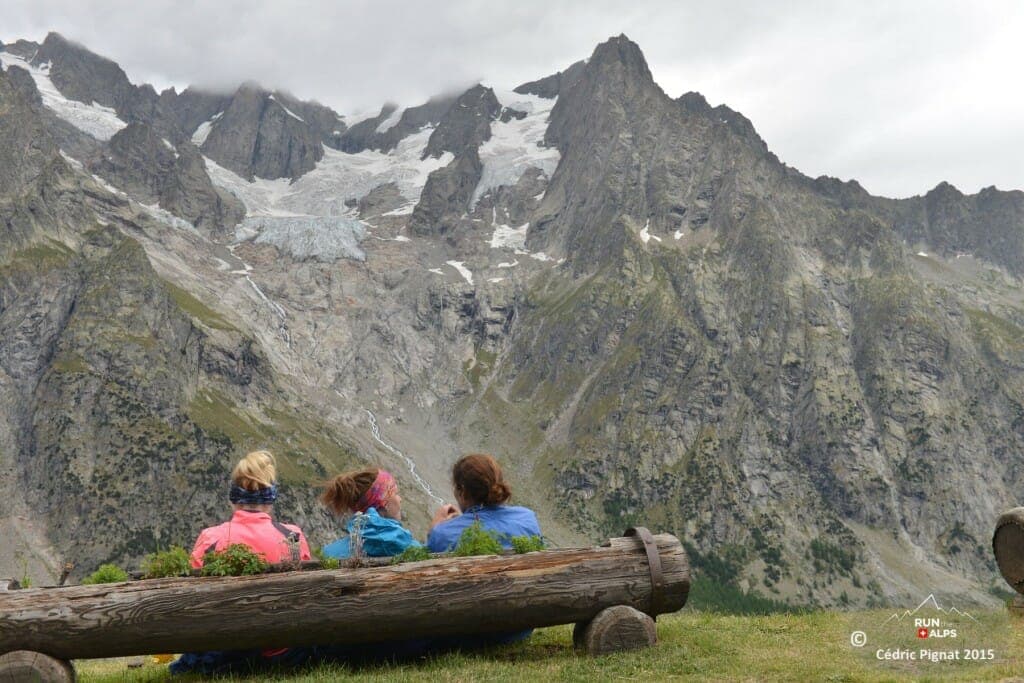
Trail Running the Alps: What I Really Want to Tell Clients
This article originally appeared in The American Trail Running Association‘s (ATRA) newsletter, Trail Times, in April 2016. Run the Alps is a corporate member of ATRA, whose mission is to represent and promote mountain, ultra, and trail running in the United States. Run the Alps encourages you to join ATRA and support trail running across the US. Here’s how.
As the owner of a trail running business that leads trips for (mostly) US trail runners to the Alps, this time of year is typically “Q&A season,” with potential clients seeking feedback before they book a trip.
For instance: How much vertical will there be each day? How should I train? What gear do I need?
All reasonable questions, but more important are some cultural faux pas and idiosyncrasies that can be sort of… awkward to cover on an introductory call or email.

Since the Obama administration has yet to appoint a European trail running ambassador, someone needs to sacrifice for the nation and step up to play that role. And, well, it might as well be me. I’ve been trail running for longer than I care to admit, running around the Alps with family, friends, and now clients for nearly two decades. Besides, I look damned fine in my Salomons, and I’m reasonably successful at keeping secrets — an important aspect of this role. Another is building goodwill. With that in mind, I’ll get right to work. Here are a handful of tips for trail running in the French, Swiss, and Italian Alps.
1. Incinerate your American running clothes.
Things are different in the Alps. Trail runners like their clothing form-fitting. Very, very form fitting. Throw out any shirt where you can’t see the skin pattern on your nipples. Or, to share the Euro perspective, take some guidance from longtime professional mountain sport photographer and co-creator of ALPSinsight, Dan Patitucci. “Europeans always laugh at the Americans in their square, baggy clothes while Americans are horrified at what the Euros are able to squeeze into. After living here for so long, I have to say that the Euro fit is for sure the best when it comes to performance. At least find something in between, so you aren’t looking like a tent on the starting line.”
2. Check your ego at Passport Control.
Euro trail runners are strong climbers and notoriously capable descenders. Easy enough to admit. What’s harder to stomach are the 70-year-old local hikers who will smile and wave as they breeze effortlessly past you. They will be wearing leather boots, wool shirts, and carrying rucksacks that look like they came straight from the Swiss military’s secret cache. Get used to it.
3. Don’t follow a Euro trail runner. Or try to see from whence they came.
I tried this once, many years ago, high above the village of Champéry, literally one foot in France, the other in Switzerland. A stealth runner appeared from around a sharp arête. There was no trail on the map. I had to explore — and quickly ended up whimpering on terrain best described as a 5.14x rock climb — with a 30% chance of high-speed impalement on Ibex horns 2,000 meters below. Lesson learned.
4. Racing? Run like your compression shorts are on fire when the cow bells start ringing.
Alp trail races go out fast. There’s a good reason for this — once you’re out of the village, you’ll quickly be on single-track for most, if not all, of the remainder of the race. And, there won’t be just a few hundred runners. Events like Eiger Ultra and Matterhorn Ultraks have thousands of runners toeing the line. So, it pays to move up early. Start the race like Mario Andretti. Everyone else will be! To paraphrase Randy Newman, “You can leave your vest on.”

5. Here’s good news! You can wear a trail running vest through any village or even while you’re sitting at a café — and not feel the least bit self-conscious.
It’s true. Even the most introverted trail runners can casually walk through any village wearing gear that looks like you just walked off the pages of a Salomon catalog. You’ll be treated with outright admiration. Trail runners are adored in the Alps. In the 1960s, someone walking through the village center with an ice axe and climbing rope might have been the local hero. Today, it’s the woman with the muddy Salomons, the gash in her leg, and crushed GU packets in her hands.
I have other tips, NSFW and NSF the ATRA newsletter, for that matter. They’re best saved for a quiet Alp evening at a remote hut, and certainly not appropriate to be publicly shared by the first-ever trail running ambassador for the United States. I’m glad to share them in confidence, however — and I’m easy to find. Just head to the Alps, and ask for the American guy whose nipples are way too visible. Careful, though — I might deputize you. In the interest of international understanding, you could find yourself decked out in color-coordinated, tight-fitting trail running fashions. Once that happens, you can never show your face at home. But you’ll be serving your country and, besides, the trail running is unlike anywhere else in the world.